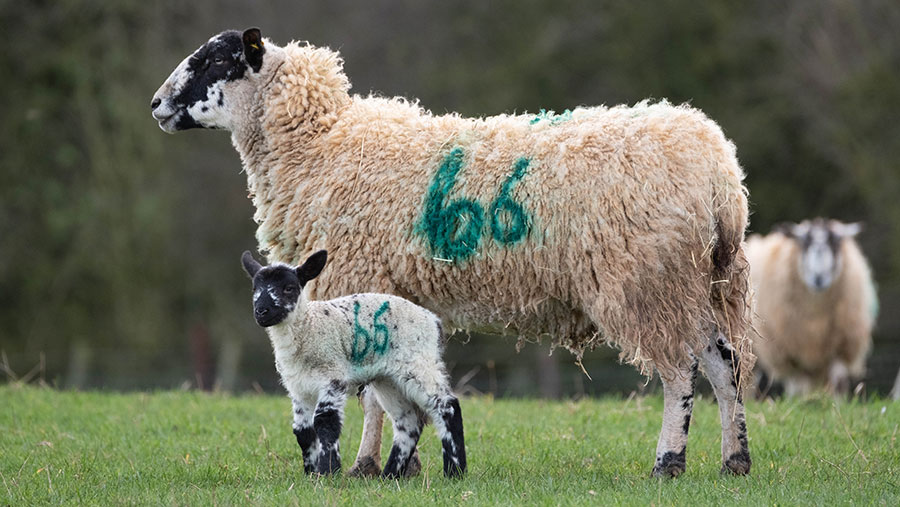Liver fluke test advice issued amid rising cases
 © Tim Scrivener
© Tim Scrivener Farmers should test and monitor cattle and sheep for liver fluke after periods of mild and very wet winter weather, vets are warning, amid widespread evidence of infection.
This is according to the Sustainable Control of Parasites in Sheep (Scops) and Control of Worms Sustainably (Cows) groups, which say the need to monitor fluke on farms has never been greater.
Laboratories have confirmed subclinical cases in the Midlands and Cumbria, with the University of Liverpool finding grazing lambs and calves testing positive in East Sussex and Devon.
This follows National Animal Disease Information Service (Nadis) forecasts of a higher fluke risk in some northern and western regions after a dry September and a wet October.
See also: Scops issues latest advice on worming ewes for spring rise
What to do
1. Speak to your vet – talk through what tests are available
- Testing differs according to the age of fluke and the time of the year
- Late autumn to spring: Most fluke are adults. The best way is to test faeces by doing fluke egg counts or coproantigen testing
- Autumn: Blood testing young lambs and calves in their first grazing season is the best approach, as they are sentinels for infection
2. Test before you treat
- Testing ensures you only use drugs when necessary, which will help slow the rate of anthelmintic resistance
- A picture can be built up of the parasite burden on your farm
3. Test again three weeks later to check post-treatment efficacy
- A post-drench check can flag up resistance issues with anthelmintic products, which will save time and money
4. Test cattle two months after housing to help detect infection in older cattle or farms with low fluke risk
- All fluke will be adults if cattle were housed in October, so testing cattle faeces will determine if products targeting adult fluke (clorsulon or oxyclozanide) can be used
- Faecal or coproantigen testing again in the spring before turnout will show if stock are still infected – treatment at this time will reduce pasture contamination of fluke eggs in the spring, produced by the adult fluke, just as mud snails become active at pasture again
5. Treat with the right product
If tests results are positive, consult with your vet or registered animal medicines adviser (Rama).
What actives to use against different fluke stages |
||
|
Active ingredient |
Efficacy against age of fluke (% kill rate) at differing stages of treatment |
Optimum time of year |
|
Albendazole |
10-11 weeks – 50-70%; 12-14 weeks – 80-99% |
Spring/summer |
|
Oxyclozanide |
10-11 weeks – 50-70%; 12-14 – 80-99% |
Spring/summer |
|
Nitroxynil |
Seven to nine weeks – 50-90%; 10-14 weeks – 91-99% |
Late autumn/winter |
|
Closantel |
Three to four weeks – 23-73%; five weeks – 91%; seven to nine weeks – 91-95%; 10-14 weeks – 97-100% |
Autumn |
|
Triclabendazole (assuming a fully susceptible population) |
One week – 90-99%; two to 14 weeks – 99-99.9% |
Autumn |
